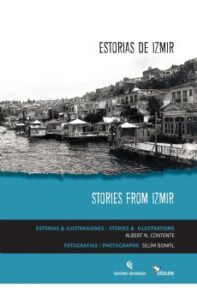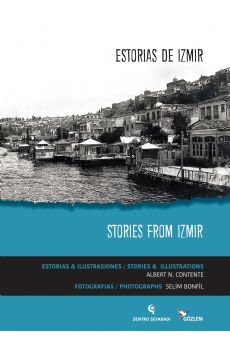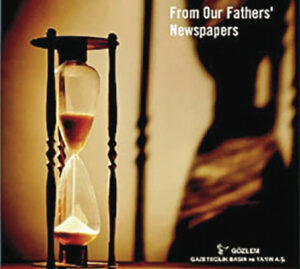
The 32 stories that form the present collection and are being presented to the readers today, are a product of the memories of Mr. Albert Contente and are extremely important for the preservation of the richness of our cultural heritage. The most important characteristic of the stories is the specific language they have been told in. Judeo-Spanish or Ladino, as this language is known throughout the world today, was the language of the Spanish Jews, who had been exiled from their homeland, the Iberian peninsula, by the Spanish Inquisition at the end of the 15th century and who were welcomed by the Ottoman Empire. The Spanish Jews, who settled on Ottoman lands spoke whatever dialect of Spanish was spoken in the lands they were originally from. All the different dialects of Spanish and Portuguese spoken in the Iberian peninsula blended together when they settled in the Ottoman Empire and thus Ladino or Judeo-Spanish (the specific Spanish of the Sephardic Jews) was born. We can therefore say that Ladino is an Ottoman language and today any person who can speak or understand even a very little of the language has ancestry that lived in the Ottoman Empire.
Ladino, however, is an “endangered” language today after surviving for 530 years and thus makes these stories doubly valuable because the language stands at the edge of a precipice in danger of falling into oblivion and any material that can be inherited by future generations makes its preservation easier.
These stories also have historical value from an oral history point-of-view. Mr. Contente’s life, nearly a century long, provides us with memories of what life was like so many years ago. We learn about how people used to live in those days, when technology was not developed, when there were no gadgets to make life easier, and yet when there was a strong sense of community and of the art of living together a life that was hard and yet not lonely because it was full of comradeship.
The stories are also full of humor as is the tradion among the Sephardic Jews. Sephardic humor is sharp, entertaining and very enjoyable and you can come across this type of storytelling among most of the Sephardic Jews. That is why, the stories are so much fun. Mr. Contente is not only a story-teller apparently but is also a great caricaturist. The stories are embellished with humoristic and very entertaining caricatures that add great value to the written word, which becomes much more potent accompanied by a visual. Visuals that help preserve the sephardic culture and also have historical value in that they show vendors and usages typical of those times.
When you get to the end of the book, you are left with the feeling, “Oh, I wish there was more” and with a desire to learn more about life in that time period. So, I will conclude with a very sephardic saying, “Ke estas estorias tengan munchas ermanas” (may these stories have many sisters, meaning, may we have many more of these delights).






